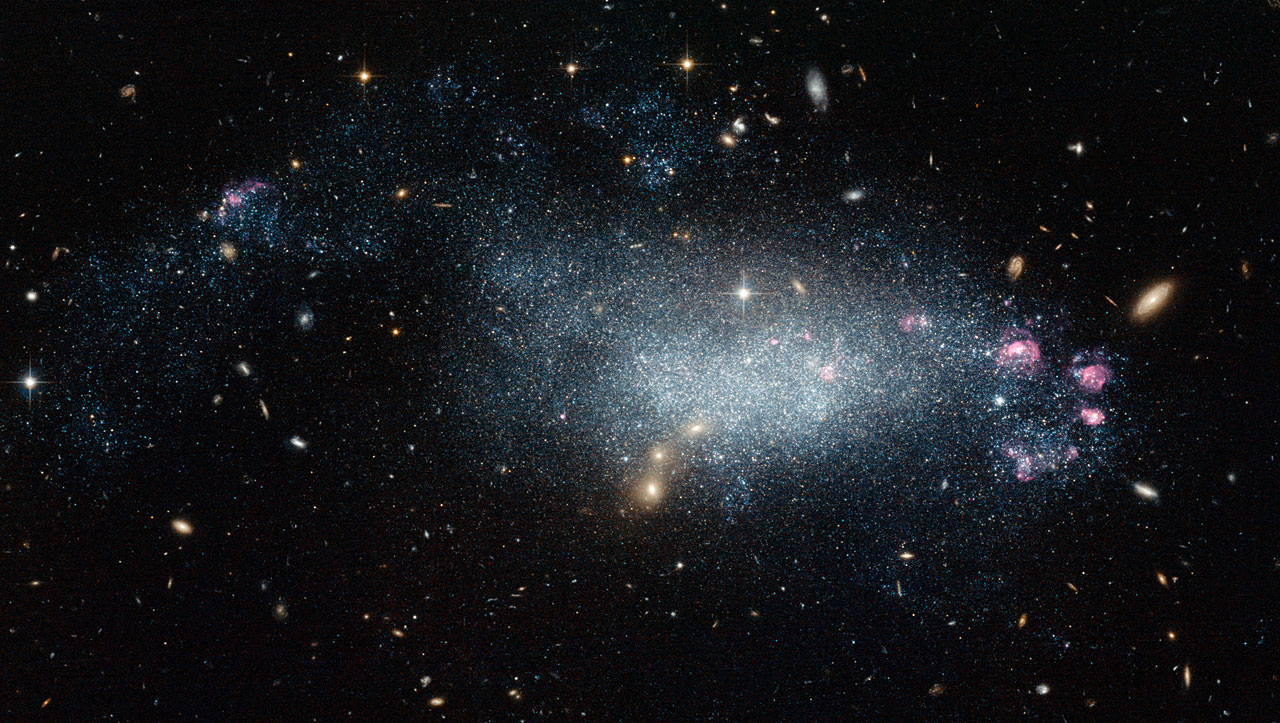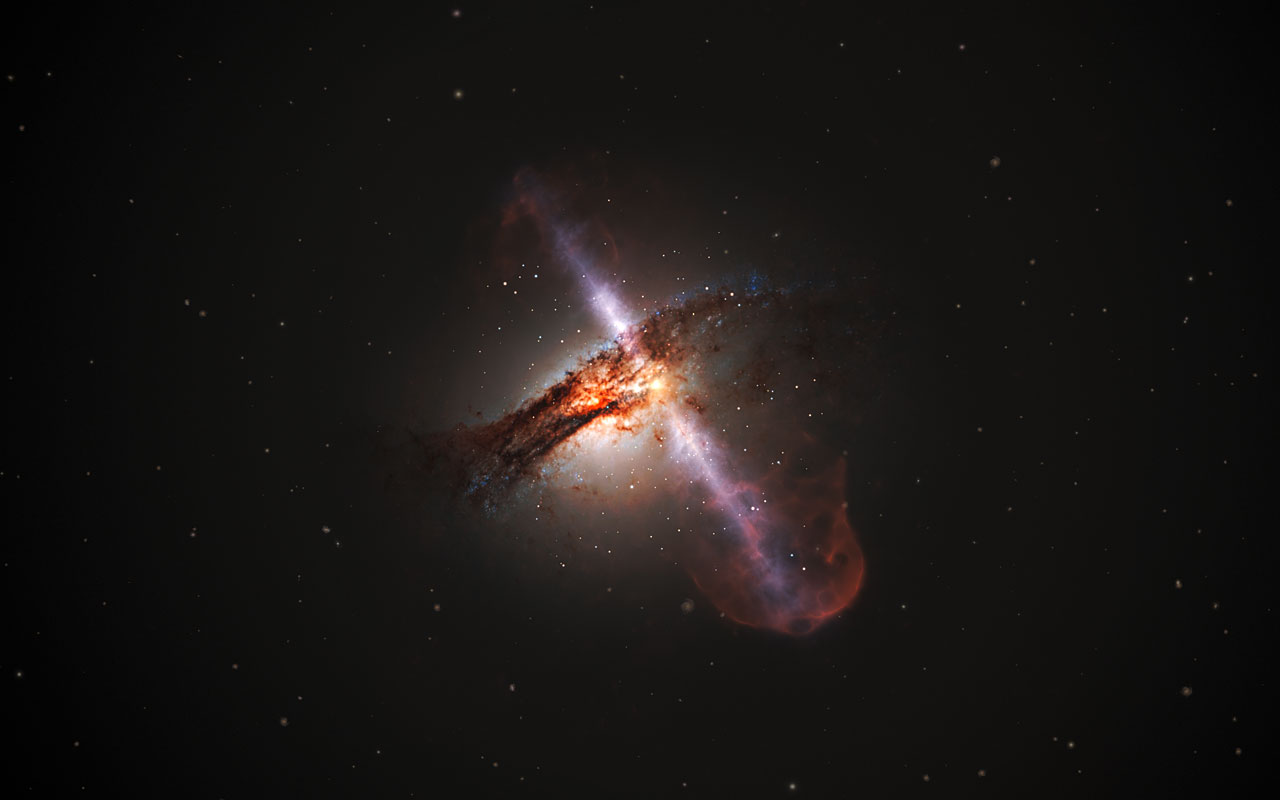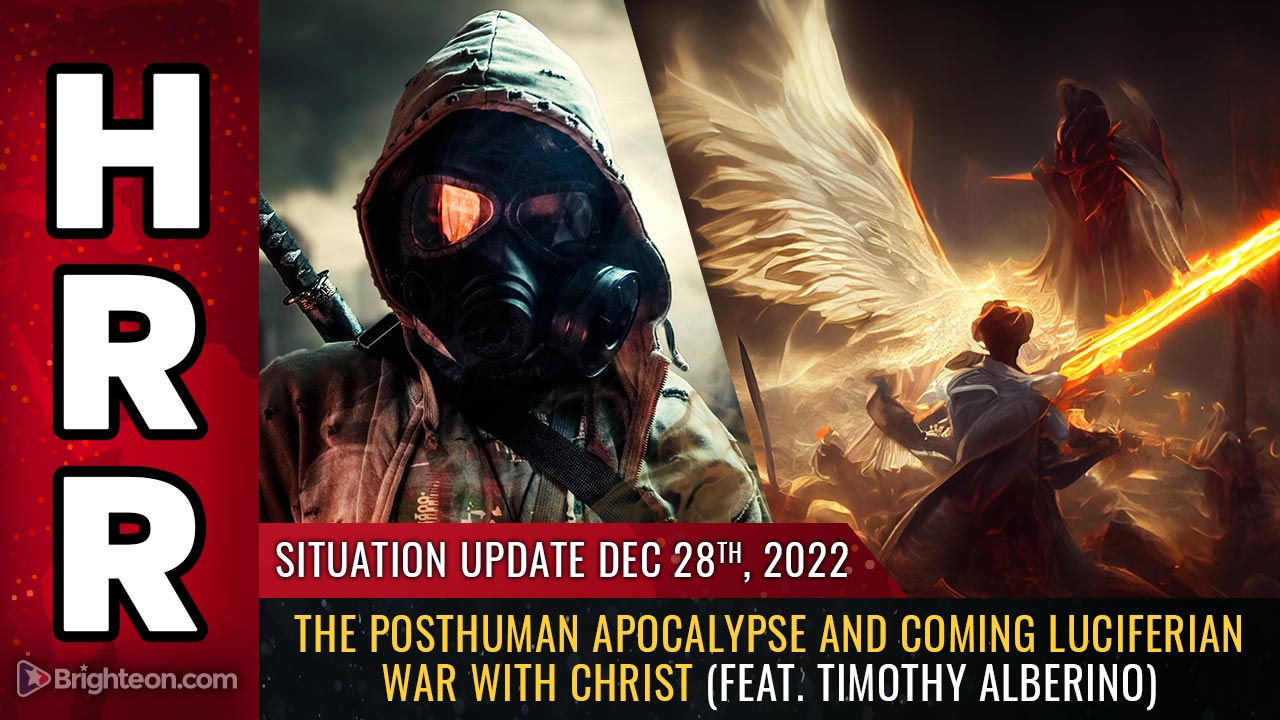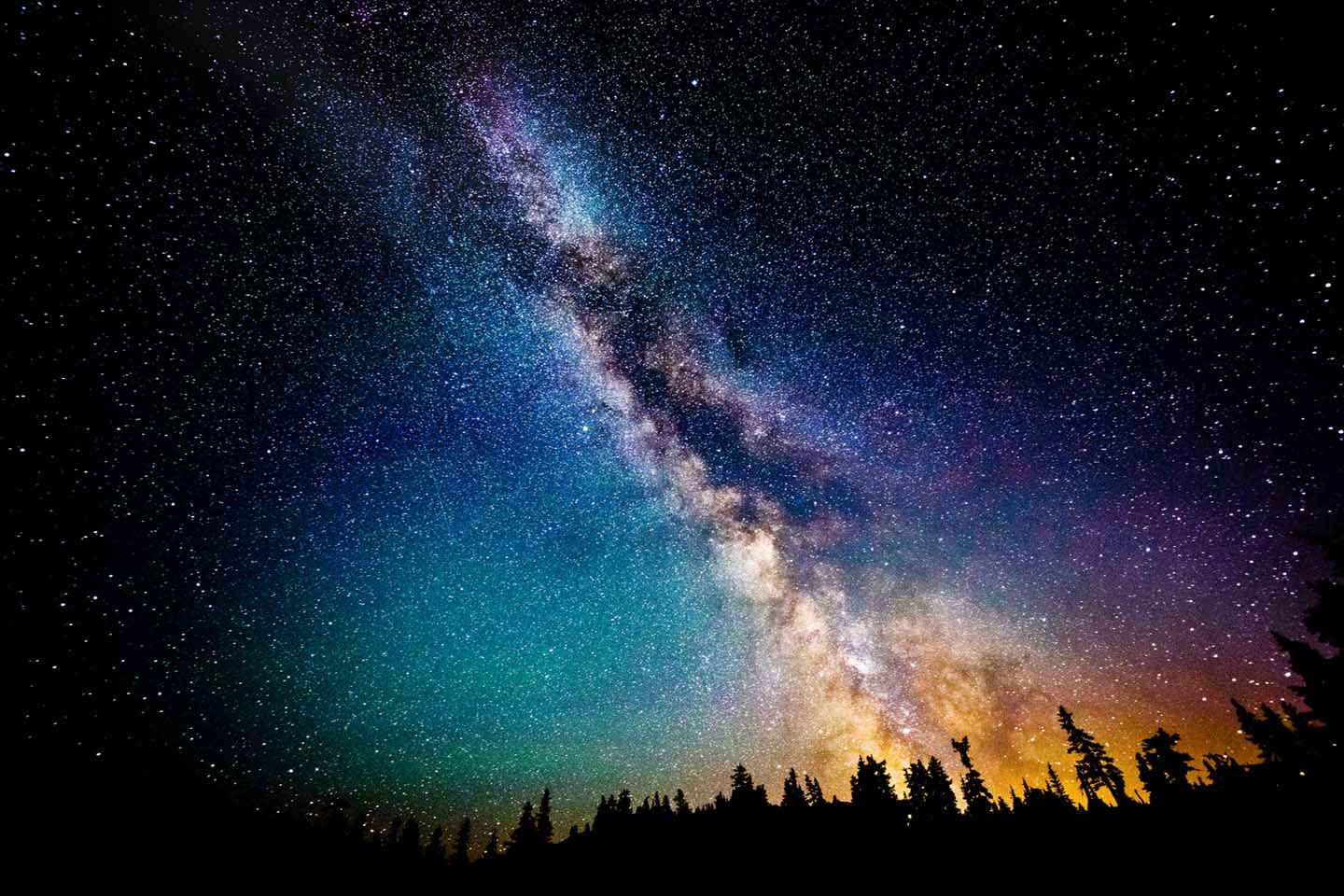
Millions of years ago, two galaxies barely avoided colliding with each other. Their near-collision triggered such intense forces that new stars and planets have spawned on the galactic sides that all but brushed each other by.
Researchers recently released photos that the Hubble Space Telescope took of the NGC 4485 galaxy. A part of the northern constellation Canes Venatici ("Hunting Dogs"), the distant formation of stars and cosmic gas lies 25 million light-years from Earth.
Hubble snapped the shots through its Wide-Field Camera 3, the most advanced optical instrument aboard the space observatory. The newest imagery of NGC 4485 taught researchers about the evolution of galaxies.
One side of the aptly classified "irregular galaxy" appears unremarkable. However, the opposite side not only appears knotted, but also shows signs of intense star formation.
The active side of NGC 4485 displays a veritable firestorm as stars came into fiery being. Many of the young celestial bodies likely formed planets as well.
The galaxy measures thousands of miles across. Yet the vast gulf of space between its opposing sides shouldn't cause such a striking difference in their appearances. (Related: Bizarre and fascinating: 9 Incredible things about black holes.)
A close pass between two galaxies triggered the birth of many stars
The reason for the internal contrast in NGC 4485 lies at the bottom of the image's frame – another galaxy called NGC 4490 that nearly hit it long ago.
Nicknamed the "Cocoon Galaxy" for its recognizable shape, NGC 4490 dwarfs its neighbor. The pair forms Arp 269, one of the many weird formations outside the Milky Way.
The two galaxies are long past the time of their closest approach. They are millions of light-years apart and speeding away even farther.
Despite their breakup, the two galaxies continue to affect each other. Their gravitational fields remain interlocked in a tug-of-war that alters their appearances irrevocably.
The undamaged half of NGC 4485 suggests that it was once a typical spiral galaxy like the Milky Way. And while NGC 4490 looks nothing like it now, it may have also been a spiral type in the past.
The interaction between their gravitational fields places immense pressure on both galaxies. Large swathes of space between them get twisted and squeezed by gravity, producing the immense pressures required for star formation.
A stream of stellar material stretches across the 25,000 light-years between the two galaxies. Made up of brilliant masses and expansive fields of gas, the region has given birth to young, massive blue stars.
Hints of a younger, smaller universe with more galactic collisions
The blue stars in NGC 4485 make the sun look small and dim in comparison. However, these stars also have shorter lifespans since they burn through their fuel reserves much faster.
Once they use up all of their nuclear fuel, the blue stars will go supernova. Their violent demise serves a valuable purpose – the explosions scatter heavy elements and stellar material across vast distances.
Over time, the scattered material from supernovas will come together to form another generation of young stars. Their children may turn out differently than the blue stars themselves.
Their parent galaxy offers its best impression of Jekyll and Hyde. The left side of NGC 4485 shows signs of its original spiral shape. Meanwhile, the brighter and chaotic right side appears to chase after the departing NGC 4490.
NGC 4485 and NGC 4490 provide researchers with vital clues regarding the characteristics of the universe during its earlier years.
Currently, the cosmos expands outward. Some studies suggest that it grows faster than previously predicted.
Conversely, the younger universe would be smaller. By extension, it packed its galaxies much closer together. Galactic collisions – and displaced supermassive black holes – would have been far more common back then.
Sources include:
Please contact us for more information.





















